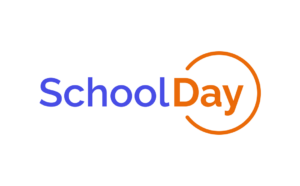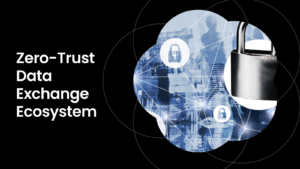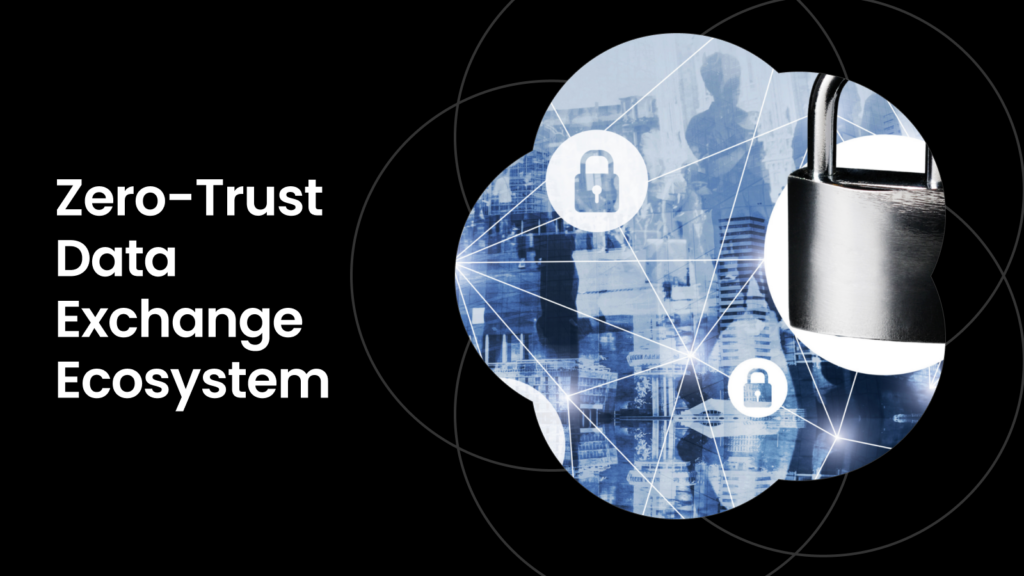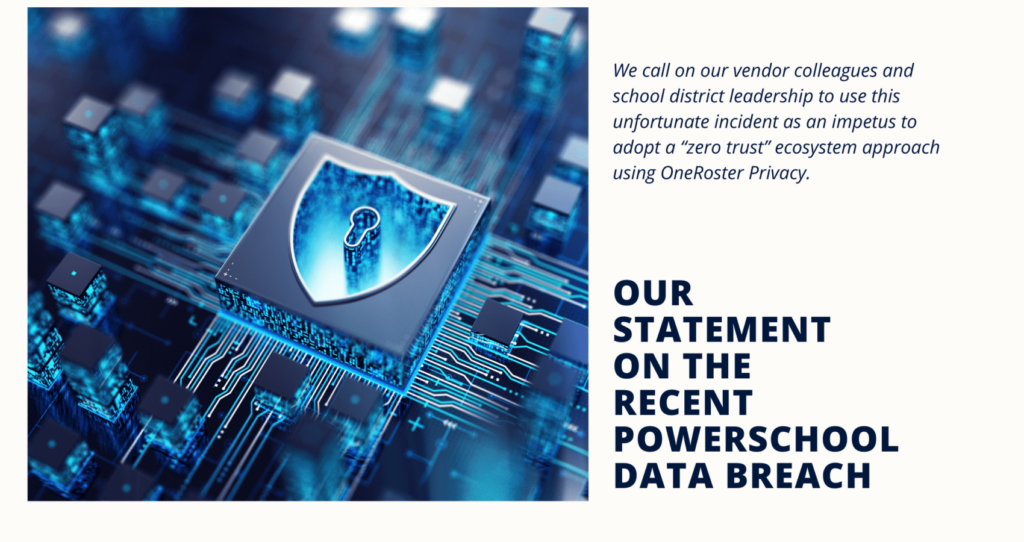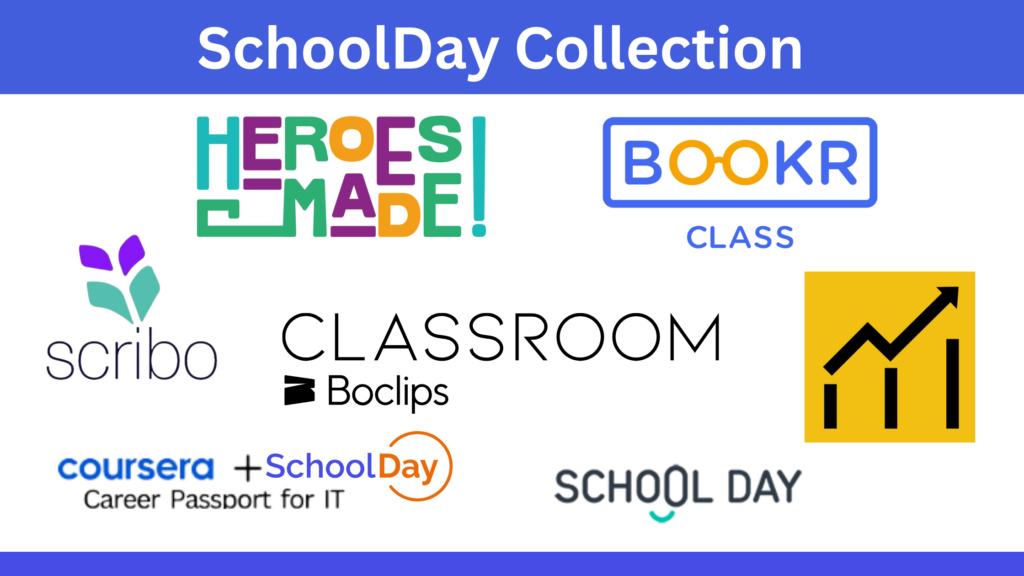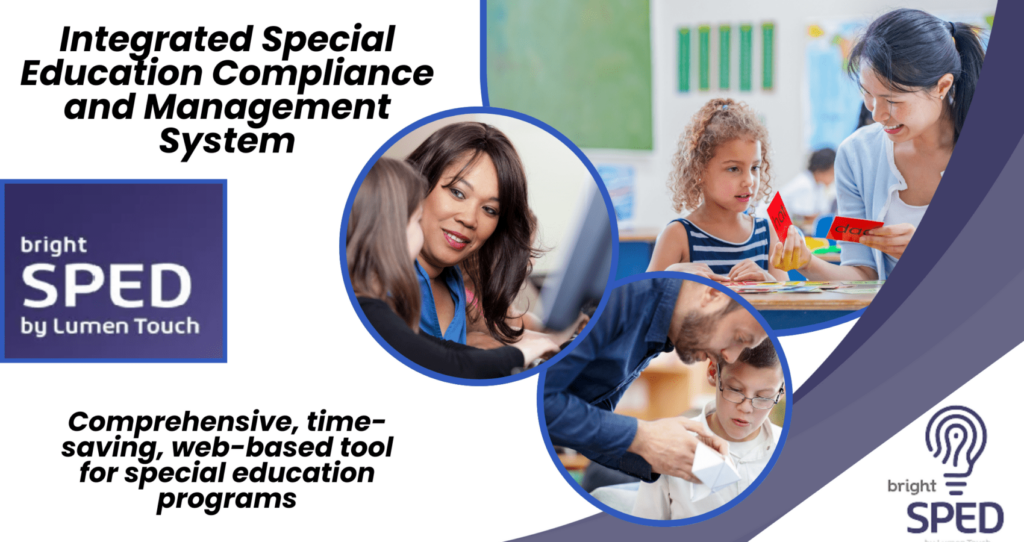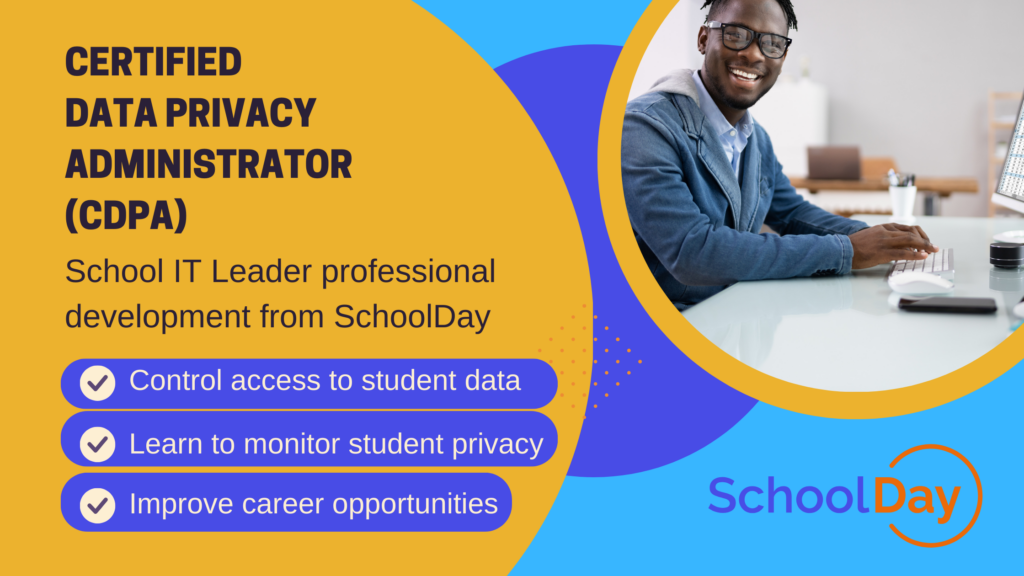Interoperability is a word that didn’t really make the mainstream until the pandemic. All of a sudden, schools were forced to ramp up distribution of devices to students learning from home and scrambling to find edtech solutions to help meet educational needs beyond the classroom setting. Now, it’s one of the top priorities for districts across the country.
What Is Interoperability?
Interoperability ensures that student data remains secure, allowing administrators to control who has access to what data. It also makes rostering students efficient and accurate, reducing the workload for IT personnel and teachers. But the most powerful impact that interoperability has is in its ability to allow teachers to access multiple edtech solutions through a single learning management system rather than being forced to log into each vendor’s platform individually. It saves time, increases security, and allows teachers to leverage the power of the learning management system in ensuring they meet standards.
For districts, administrators, and IT professionals, the powerful data analytics that interoperability makes possible allows for better decision making. It makes it easier to assess the effectiveness of specific edtech solutions and to determine the ROI of their edtech investment. For teachers, it makes it much easier to use data to individualize instruction.
The Success of Interoperability Relies on De-Siloing Your School
The function of interoperability is to protect student data but also to provide insight to districts, frees teachers to spend more time teaching and less time on data entry, and gives students an easier way to access their lessons from anywhere with one secure sign on. But it requires collaboration – between IT and educators in particular. Teachers need to be given a voice and a position of leadership in choosing which edtech solutions are made available. And policies must be developed that set clear minimum standards for edtech compatibility, teacher awareness training, and how and where edtech can be obtained. When IT and curriculum development teams work together, they are more informed as consumers.
Interoperability Allows Districts to Control and Protect Student Data
When the pandemic first started, and even before, if a teacher found an edtech solution they thought would work for their class, they might simply sign up for it on their own. They would then input manually all of their student data. The time consumption for educators was enormous, but it also meant no visibility for the IT and administration about where student data was being shared, with whom it was being shared, and how well protected the data was. These “rogue” teachers were lacking in training and understanding about the risks; the schools often suffered the consequences from improperly shared data.
The Single Sign On (SSO) Initiative
Single sign on is the result of interoperability. It means teachers, admins, parents, and students don’t have to log in to individual edtech solutions in order to access the software. It saves a lot of time, data entry error, and labor. Teachers don’t need to enter roster information; instead they just go to an approved library of edtech solutions and choose the ones they want to use with their classroom. School IT leaders can rest assured that every edtech solution available meets the security requirements necessary. SSO is one of the most significant interoperability initiatives. It’s critical for the success of interoperability, allowing students to focus on learning and solves an issue that affects everyone – teachers, students, parents, and admins.
What’s Next in Interoperability?
As more schools embrace interoperability, they’ll be empowered to implement better expectations of the edtech solutions they use. If a solution is not compatible or doesn’t meet security requirements, it will be easy to identify and remove. SSO will also become more secure with the introduction of MFA, which is already being required in order to obtain cybersecurity insurance.
The pandemic gave the education system an opportunity to be far more innovative in the delivery of education. We hope that future-focused effort continues to move us away from the outdated legacy model and further toward future-proofing education. Interoperability is the first step.
Building a Seamless Data Ecosystem for Schools
School districts are increasingly relying on technology to deliver a comprehensive curriculum, and it’s a very positive development in most respects. Students gain access to a wide range of learning tools that they might not otherwise have access to, and teachers are able to enhance their lessons with a global perspective and increased engagement. But all of this technology means requiring many different systems and databases to work together seamlessly. That seamless and secure sharing and integration of data is called interoperability.
For K-12 education leaders and school IT leaders, interoperability is essential for creating efficient, adaptable learning environments. But achieving interoperability without sacrificing data privacy is crucial.
Benefits of Interoperability in K-12 Education
Interoperability makes it possible for a district that is using a suite of learning tools to create secure connections. Effective interoperability offers numerous benefits that impact both students and school administration:
Enhanced Data Quality
Interoperability minimizes redundant data entry, ensuring that accurate, updated information flows across systems. This can improve data-driven decision-making in areas like curriculum planning, resource allocation, and personalized instruction.
Streamlined Administration
By allowing different systems to communicate, interoperability can reduce the administrative burden on IT departments. For example, a centralized login or SSO can eliminate the need for users to manage multiple credentials, simplifying system access and maintenance.
Improved Student Experiences
With interoperable systems, schools can provide a more cohesive learning experience. Data on student performance and learning needs flows seamlessly between platforms, enabling educators to tailor their teaching approaches and provide individualized support.
Enhanced Data Privacy and Security
Interoperable systems often come with standardized data handling protocols, which can help schools comply with regulations like FERPA and COPPA. This standardization is key for protecting student data and fostering trust among students, parents, and staff.
Practical Steps to Achieve Interoperability
Achieving interoperability among educational technologies can seem daunting, but a few strategic steps can make it feasible:
Assess Existing Systems
Start by evaluating the current technology infrastructure to identify gaps and compatibility issues. Determine where data is siloed, and which platforms need to communicate to support key objectives.
Adopt Open Standards
Standards like the IMS Global Learning Consortium’s Learning Tools Interoperability (LTI) or the Ed-Fi Data Standard provide frameworks for educational data sharing. Implementing these standards allows schools to select from a wider range of compatible tools without being locked into a single vendor.
Utilize a Trusted Integration Partner
Partnering with organizations that specialize in education interoperability, such as the SchoolDay can simplify the process. SchoolDay is a pioneering solution enabling vendors and schools to securely orchestrate their ecosystem of third-party SaaS applications without sharing student or parent data. SchoolDay simplifies vendor integration by offering token-based, on-demand provisioning, replacing personally identifiable information (PII) with anonymized tokens—a process known as a “Zero-Trust” data exchange.
Foster Collaboration Among Stakeholders
Successful interoperability requires buy-in from all involved parties, including IT teams, teachers, and administrators. Engaging stakeholders early and often can ensure that everyone understands the benefits of interoperability and supports the initiative.
Interoperability in K-12 education is no longer optional; it’s a foundational requirement for any district striving for efficiency, data security, and improved learning outcomes. By following best practices like assessing infrastructure, adopting open standards, and partnering with experts like SchoolDay, education leaders can create seamless, secure ecosystems. This not only supports teachers and students but also positions districts to adapt to future technological needs. Investing in interoperability today means a more connected, data-informed, and resilient educational landscape for the future.
About SchoolDay
SchoolDay safeguards student privacy and educational data by providing a secure ecosystem orchestration platform for schools and classrooms. Serving over 36,000 schools, 3,000+ districts and colleges, and hundreds of EdTech vendors, SchoolDay champions open standards and secure data exchange, solidifying its role as a trusted leader in educational technology.

